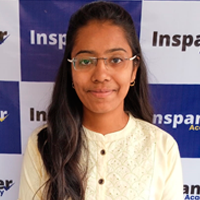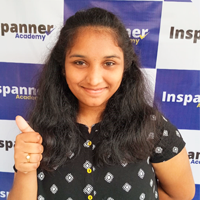Python Full Stack Development Training: A Brief Guide
- Project Based Training - 100 % Job Placement
- Python Full Stack Web Developer – 100 % Job Guarantee Training
- Writing of front-end codes of languages including Java JavaScript and HTML.
- Writing back-end codes in languages including Java, Python, and Ruby.
- Creation and use of the APIs.
- Networking security.
- The operating system, hardware, and other system infrastructure.
- Creation and querying of the databases.
- Client coordination.
- Project management.
What is Python?
Python is an open-source language that is widely used in various domains such as web development, scientific computing, data analysis, artificial intelligence, and more.
Python is known for its simplicity, ease of use, and readability, making it an ideal language for beginners and experienced programmers alike. It also has a vast standard library and a large community of developers who have contributed to many third-party libraries and modules. Python supports multiple programming paradigms such as object-oriented, procedural, and functional programming.
Python is suggested as first programming language for beginners. Python syntax is simple and length of the code is relatively very short.
Learning Python helps you to gain knowledge in Core back end application development, web development, data science, AI, ML and high end computing. A large number of world class websites have been written in Python and Python plays a significant role in building games, productivity tools and desktop apps, so there are lots of websites and books to help you learn how to do those.
Inspanner Software Academy provides Best Python Full Stack Developer Training in Hyderabad. This ensures that a developer can use Python to build a wide range of applications, which will be made easy with the right tools.
Where we can use Python?
Features of Python
What It Takes To Be A Full Stack Developer
We provide 100% job placement assistance to you for your dream career as a Python Software Developer.
In the middle of the training period we conduct mock interviews and enhance your interview skills. In the Mock Interviews, we will analyse your Technical competence and focus on the aspects where you need to Improve.- HTML and CSS- the building layout of the web.
- JavaScript- used for both frontend and backend development.
- Backend languages- Core Python, Advanced Python, REST API , Python Testing
- Database and the web storage options- including my SQLITE and MongoDB among others.
- Web application architectures.
- GIT Profile
- Algorithms and data structures.
 5 star rating
5 star rating  3,000 Learners
3,000 Learners




